But no good kitchen can ever truly be complete without a fridge to store all of your most perishable foods. The fridge is an essential element of the kitchen, and arguably the heart of the space. So you’ll want to make sure you have the right one.
But there’s a lot to know about fridges. Due to their high importance, it’s not uncommon to have a lot of burning questions about them. From what makes a truly good fridge, to the kind of temperature the inside of a fridge should be at.
Want to learn a little more about this oft-unsung hero of the modern kitchen? Then this is the place for you. Here at Reliant, our tech experts have a real passion for fridges and the multitude of ways they can improve our day-to-day lives. Today, they’re going to use their passion to bring to you everything you need to know about the modern fridge!
How Does A Fridge Work?
Although fridges are such an essential part of everyday life, not many people are actually aware of how the devices operate.
Fridges operate thanks to a process of compression and evaporation. A key component in this process is the compressor. The compressor is designed to work directly with refrigerants, which are special compounds that are able to transfer heat. In most fridges, the refrigerant takes on a gaseous form. This gas is compressed by the compressor, which results in a hot liquid.
Fridges make use of special chemical compounds called “Refrigerants”. These compounds are specially designed to transfer heat. Specifically, to transfer heat away from food that you’ve placed into the fridge itself!
The hot liquid from the compressor is then slowly taken to the evaporator coils. On the way, the hot liquid is sent through a condenser that cools the liquid down. Further on, the cooler liquid is then evaporated. The evaporation process is key. As the liquid turns into a gas, the change of state actually results in a lowering of temperature.
This is what allows the central area of a fridge to be so cold! Once the gas has done its job, it’s then sent back to the compressor. It results in a constant cycle that you can depend on to keep your food fresh for as long as you need!
This might all sound very technical, and luckily, it’s not totally essential to know the exact operation of a fridge just to make full use of it! Just know that your fridge is constantly working to keep your food as fresh as possible!
What Should You Consider When Buying A Fridge?
If we haven’t already made it clear enough: the fridge is easily one of the most important appliances in the kitchen. As such, you’ll want to make sure you have exactly the right one.
But when you take a look at the modern fridge market, you might quickly find yourself overwhelmed. There’s simply so much choice! How can you be sure you’re making the right decision on the fridge for you?
If you want to make your hunt for the perfect fridge a little easier, we’d recommend looking closely at some of the key factors below.
Type Of Fridge
No two fridges are ever truly built equal. There are all kinds of different types of fridges out there across the market. The first thing you’ll need to consider is which type of fridge is best for you.
If you’re simply looking for a standard fridge, you’ll most likely be looking for the iconic vertical cuboid style. This type of fridge usually has a narrow profile but offers great vertical storage capacity. If you need more storage space, there are also plenty of wider models.
Your choice between models might come down to the kind of aesthetic you’re going for. For instance, if you want to create a unique retro look in your kitchen, you might want to look for a model that has the look you want.
Make sure to also consider the design and colour of the fridge. If you have a dominant colour scheme in your kitchen, then you’ll want to make sure that your new fridge matches!
The type of fridge you opt for might also depend on the space you’re working with in your home. Which brings us to…
Chosen Space
When you’re considering the type of fridge you want, you’ll want to keep in mind the space you’re working with. You’ll want to find a fridge that fits comfortably into the space and doesn’t become an obstacle.
If you have more available space, there’s no reason not to go for a wider fridge style. A little more stuck for space? Then you’ll want to go for a slightly smaller model.
You might also wonder about going for an under-counter fridge. These are great for saving space! These smaller models, as their name suggests, are designed to fit snugly under your kitchen counter. This makes them great for smaller spaces, as they make use of valuable floor space without becoming obstructive! However, you’ll want to make sure to carefully measure the available under-counter space to make sure you get a model of the correct size.
You want to make sure your new fridge isn’t too big. A large and cumbersome fridge will interrupt the flow of your kitchen, and make it more difficult to move around.
If you’re trying to create a modern kitchen space, it’s also worth considering an integrated fridge. These are fridges that are designed to hide behind cabinet doors in your kitchen, to create a subtle and hidden appearance. You’ll want to have a solid grasp of your integrated fridge’s measurements so that it can be fully installed.
Storage Capacity
Continuing on, while considering the size of your fridge, you’ll also want to think about how much space is inside. It’s important to get this just right, as you want to make sure there’s enough space for everything you need, without having to stuff your food in!
Be sure to consider how many people make use of the fridge. If you need to feed the whole family, then you’ll want a fridge with greater capacity. If you only need to keep food for one person, then you can get a fridge with a slightly smaller capacity.
Fridge capacity generally goes hand in hand with fridge size. As such, you’ll want to carefully balance the two.
Be sure to also consider the kind of food you tend to store away. If you’re often storing bulkier foods, then you’ll need a fridge that can comfortably accommodate them!
Easy Temperature Management
Temperature control is, obviously, highly important in any good fridge. You need to be able to count on your fridge to maintain the same temperature consistently for the benefit of your food. Towards this end, we recommend grabbing a fridge that lets you quickly and easily adjust the temperature.
Your fridge should be able to accurately recreate a highly specific temperature, and then maintain it. This helps to keep your food fresh for longer, which, of course, also saves you a lot of money!
Most fridges allow you to do this through the use of a temperature dial. Some smarter fridges allow you to choose a highly specific temperature through some kind of digital interface. Either way, you want a fridge that allows you to choose a highly specific temperature, and that can maintain that temperature no matter what!
Energy Usage
Cutting down on energy use is more important than ever. If you want to lower your energy usage and bills, then you’ll want a fridge that helps you to do it!
Towards this end, you’ll want to look for a fridge with a good energy rating. A fridge with a good energy rating will use up less electricity, and have a much smaller impact on your bills. To find out the energy rating for any fridge, you’ll need to look at the associated label.
An energy rating label is most immediately identified by its rainbow design. This ribbon of colours is used to give you a quick glance into the efficiency of any appliance. The top of the rainbow is for the “A” rating, while the lowest part of the rainbow is for the “G” rating. You can count on an “A”-rated fridge to be much more efficient than any other.
We recommend keeping your eye out for any fridge rated close to “A”.
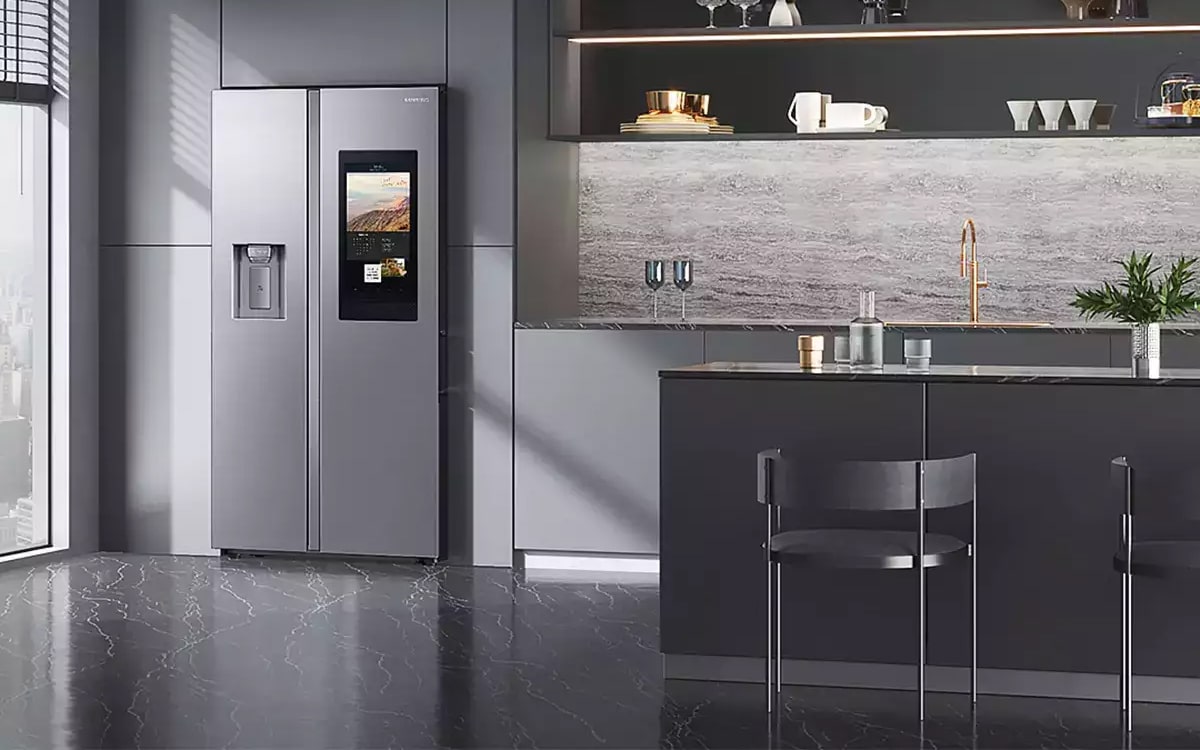
Smart Features
We’ve described quite a few times just how important the fridge is to the home. In fact, you need look no further than the front of any average fridge to understand just how important the fridge is as a focal point for any home. Fridge doors are often littered with commemorative magnets, and all kinds of trinkets valuable to the owner. Thanks to the magnetic properties of fridge doors, they’re also a great spot for sticking up notes and leaving messages. From shopping lists to reminders, the fridge itself can be a great social hub for the entire household.
The importance of the fridge as a social hub has not gone unnoticed by manufacturers. In fact, they seek to make it even easier! This leads us directly to smart fridges! Smart fridges are built with intuitive touch panels on their doors. These can be used to throw up digital notes, display photos, and even interact with social media! Features like this often cost a little more to access, but they’re great for busy households!
A smart fridge can make your whole home run more efficiently. It can be used to display notes and memos, and can even perform a number of extra features for your convenience!
Smart features can truly vary in massive ways, so we’d recommend taking the time to consider your options. Look for features that will improve your fridge-using experience and make your kitchen more efficient!
The Price!
The whole time you’re flicking between fridge options, be sure to keep a close eye on your budget. Your budget will help to keep you on track and help you to make a more informed decision about the model you opt for.
While it’s important to be flexible with your budget, in case you find a fridge that instantly catches your eye, you want to ensure you’re never spending too much or too little. Spend too much, and you might end up with a cumbersome fridge that’s too big, and full of features you don’t use! If you spend too little, you might end up with a tiny fridge that can’t possibly keep up with your needs.
It’s important to strike that perfect between your budget, and what you want and need from your new fridge!
Do You Need A Freezer?
Fridges and freezers so often go hand in hand. As such, you might wonder whether you need a freezer of your own. Luckily, it’s quite simple, if you don’t want one, then you don’t need one!
A freezer is very useful for keeping perishable food items around for longer than even a fridge can guarantee. Thus, they’re a worthy investment if you want to stock up on food, ready to cook any meal you want.
Luckily, if you don’t have the space for a fridge freezer, you can buy a standalone freezer that you can keep elsewhere!
How Long Do You Need To Wait Before Adding Food To A Fridge?
When you’ve just purchased a new fridge, it’s important to give it some time to get up and running before you attempt to fill it. Generally, once your new fridge is hooked up and running, you should wait 24 hours before placing any food in there. This is because the fridge needs to first create the desired temperature, and then maintain it.
Earlier, we talked about how fridges work. As you’ll note, a fridge operates through a cycle of compression and evaporation. The 24-hour wait before loading your new fridge allows this cycle to repeat a few times and achieve the perfect temperature.
It’s worth leaving your fridge empty for 24 hours after plugging it in. A fridge maintains its temperature through a highly specific cycle. The 24-hour wait allows this cycle to get up and running!
If you were to drop food into your fridge before the perfect cycle has been achieved, then it would result in an incorrect temperature. This is because the food would have made it more difficult for the air to cycle around. It could then put future food at risk of spoiling even when stored correctly!
Do You Need An Electrician To Install A Fridge?
This will depend on the type of fridge you have. If you have a freestanding fridge, then it’s as simple as dropping the fridge into place, and plugging it in! If you have an integrated fridge that will be built into your kitchen cabinets, then you will need extra help.
Of course, you’ll need help from the contractors assisting you with your kitchen renovation project. As well as that, we’d also recommend contacting an electrician. They can ensure that your fridge is hooked up fully, and, most importantly, safely.
You might also need to contact an electrician if you are dropping your new fridge into a spot without access to a plug socket. An electrician will be able to safely install a plug socket into the wall of your chosen spot.
If you are simply plugging your new fridge into place, we’d recommend contacting a friend to move the fridge into position. Naturally, fridges are very heavy, and if you’re not careful, trying to move one unassisted could lead to injury or strain!

How Do You Make The Most Of A Fridge?
Though using a fridge could not possibly be any simpler, there are a few ways you can make even better use of one. Let’s take a look at them!
Organise It!
Efficiently loading and organising your food is one of the best things you can do for your fridge, and for your health. An empty fridge may look like an empty canvas where you can simply throw in all of your food. But there’s definitely something of an art to it.
We recommend making use of every distinct area of the fridge in a smart manner. For instance, we recommend placing ready-to-eat foods on the top shelf, away from raw foods. Raw foods should be kept towards the bottom of the fridge, as they have a tendency to drip moisture down below. The bottom shelf is also the coolest part of the fridge, so it is also the most effective in preserving your food.
It’s worth organising all of the food in your fridge. It not only helps to keep it from spoiling. It also makes it easier to manage it all! At a glance, you’ll be able to see what you have!
We’d also recommend keeping foods in colour-coded tubs and storage boxes. This has a number of benefits. For one thing, it allows you to see what’s in the fridge, even at a quick glance. This means you can easily grab specific items without having to reshuffle everything in the fridge. Simply grab the right box, and pull the items out! It also keeps items sealed away, which keeps them fresher.
Don’t Overload It!
Another reason why it’s so important to organise your fridge is to prevent overloading. It’s very easy to end up overloading your fridge, stuffing everything in until there’s no room to be found. However, it’s important to avoid doing this.
When you overload your fridge, not only does it become difficult to move your food around. It also becomes difficult for cool air to move through the fridge itself. In turn, this means that the inside of the fridge actually becomes slightly warmer. And this spells disaster for all of your food.
A good rule of thumb to keep in mind when stocking up your fridge is to fill it up to no more than 3 quarters. This ensures that the air vents are kept free, which in turn keeps air circulating around the central chamber.
Clean It
Don’t worry, you won’t have to do this too often. We generally recommend that you perform a deep cleaning of your fridge at least once every four months. Doing this helps to keep your fridge free of bacteria, mould and viruses, which in turn helps your foods to last longer.
In order to do this, you’ll need to completely empty the fridge, and remove certain parts in order to provide a full clean. Parts such as the drawers, or the shelves, if they can be removed. This will allow you to get into all of the corners and crevices and really refresh the fridge as a whole. In the meantime, make sure to put your food into a cooler to keep it fresh!
Let Food Cool Down
When it comes to storing away leftovers, the first instinct is to simply throw the food in right away. However, if you’re keeping hot food for later, we recommend that you first allow it to cool down!
The reason for this is that hot food will temporarily affect the temperature of the fridge itself. This, naturally puts all of the food you have stored in there at risk of bacterial infection and mould.
You should allow hot food around 2 hours to cool down before placing it into the fridge. Hot food can have a direct impact on the internal temperature of a fridge, putting food at great risk of spoiling!
The mixing of temperatures will also result in condensation on the walls of the fridge. Again, this can lead to an increased risk of bacteria and mould.
How Long Does A Fridge Last?
Fridges are actually some of the most durable appliances in the home! With good care, the average fridge can easily last up to 20 years in the kitchen! At a minimum, most fridges can last for around 10 years. You can really count on them to be by your side for years to come.
It’s around 10 years that the average fridge might begin showing its first faults. Depending on how severe the fault is, you may benefit from repairing or replacing it.
Luckily, there are a number of things you can do to protect your fridge and allow it to reach its full potential. Let’s explore them below.
How Do You Help A Fridge To Last Longer?
Give It Plenty Of Space
There’s not much you’ll need to do to maintain the exterior of your fridge. However, you should make sure that there’s plenty of fresh air reaching the unit. The cycle used to create the cool temperatures of your fridge naturally generates some amount of heat. Good airflow ensures that this heat can escape, which keeps the fridge from overheating.
Clean The Vents
Preferably, you should be performing a deep clean on your fridge every 4 months. While you’re there, it’s recommended to give the vents themselves a good once-over. It’s very easy for small pockets of dirt to gather up in the vents. And when they’re left unchecked, it can hamper the fridge’s ability to cycle air through its central compartment.
It’s best to keep the vents of your fridge clean. They’re vital for keeping air flowing around the unit, which helps to keep your food preserved. All you need is a cloth, and some warm water to do the job!
You don’t have to do too much to get the job done. All you need is a wet cloth and a bit of elbow grease to wipe away any dirt and grime!
Check The Door Gasket
The door gasket of a fridge is responsible for creating a vacuum seal when your fridge is closed. This ensures that cold air doesn’t escape.
Over time, the door gasket will age and become dry and worn. We’d recommend checking the condition of your fridge’s door gasket as often as possible. When a door gasket dries out, it becomes less able to do its job, increasing the risk of cold air escaping, and your food spoiling!
If you find that your door gasket is dry, all you need to do is quickly clean them, and lubricate them. This helps to bring back some of the elasticity needed for a true seal.
How Do You Know When A Fridge Is Faulty?
It can sometimes be a bit tough to tell when your fridge is operating inefficiently. To find out, we’d recommend looking out for some of the following symptoms.
Your Food Is Going Bad
You’ve pulled out a piece of food, only to find that there’s already mould festering on it. You check the temperature controls, but everything looks fine. In such a case, it’s likely that there’s some kind of problem with your fridge and that it may be faulty!
If you’re constantly pulling out food that’s gone bad, and your fridge feels warmer than usual, it’s very likely damaged!
There’s Condensation
Condensation is actually incredibly rare in a fridge. If you notice it happening on the exterior of the fridge, then there’s a problem. This issue is most often due to an issue with temperature regulation. Issues with temperature regulation put your favourite foods at great risk of spoiling.
It’s Noisy
A fridge will naturally make a small amount of noise when it’s operating. Especially towards the beginning of the temperature cycle. However, if you notice that your fridge is ever annoyingly loud, it may be because one of the components is in some way damaged.
A fridge will make noise while in operation. But it should also never be too loud. If your fridge is creating annoying levels of noise, then there may be a damaged component.
If your fridge is humming loudly, or vibrating, we’d also recommend making sure it’s not too close to the wall. When your fridge is too close to the wall, it will naturally vibrate and make plenty of noise!
The Fridge Is Old
As we mentioned, a fridge can easily last up to 20 years. There’s nothing to suggest that a good fridge can’t exceed its life expectancy. However, if you notice any of the above faults, and that your fridge is close to 20 years old, it may simply be that it’s past its best!
In some cases, it may even cost to just buy a total replacement rather than go for a costly repair.
What Temperature Should A Fridge Be?
For optimal operation, we’d recommend setting your fridge to around 3 to 5 Celsius. This is cold enough to keep your food sufficiently chilled, but isn’t cold enough to end up accidentally freezing everything!
A good fridge should be able to maintain temperature with very little fluctuation. This ensures that your food lasts as long as it can.
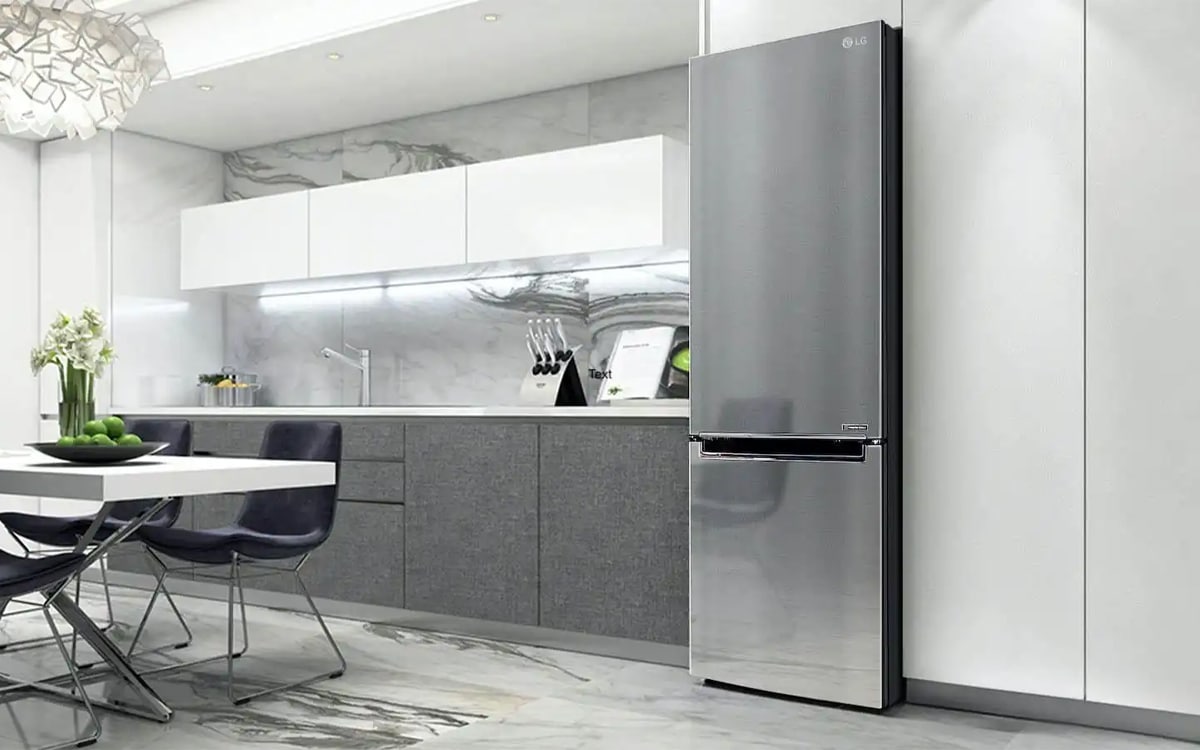
Frequently Asked Questions
What Should You Consider When Buying A Fridge?
When you’re in the market for a fridge, you should look for a model that fits comfortably into your kitchen, yet has enough space for all of your food. It’s also worth looking for an energy-efficient model that uses a low amount of electricity, while still efficiently maintaining a perfect temperature.
What To Avoid When Buying A Refrigerator?
One thing you definitely want to avoid when buying a fridge is grabbing one that’s too big. A significantly large fridge will take up unnecessary space in your kitchen, and make it tough to move about the space. A fridge that’s too large will also be tough to fill. This will then result in a complete waste of electricity.

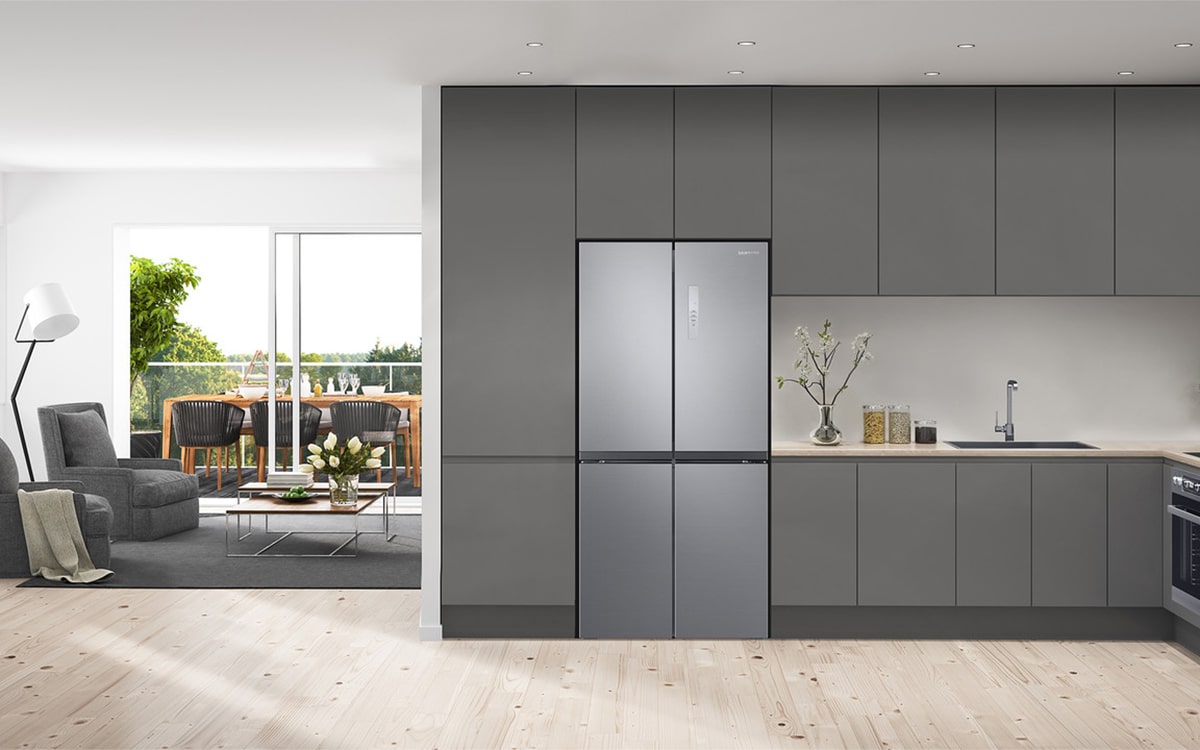
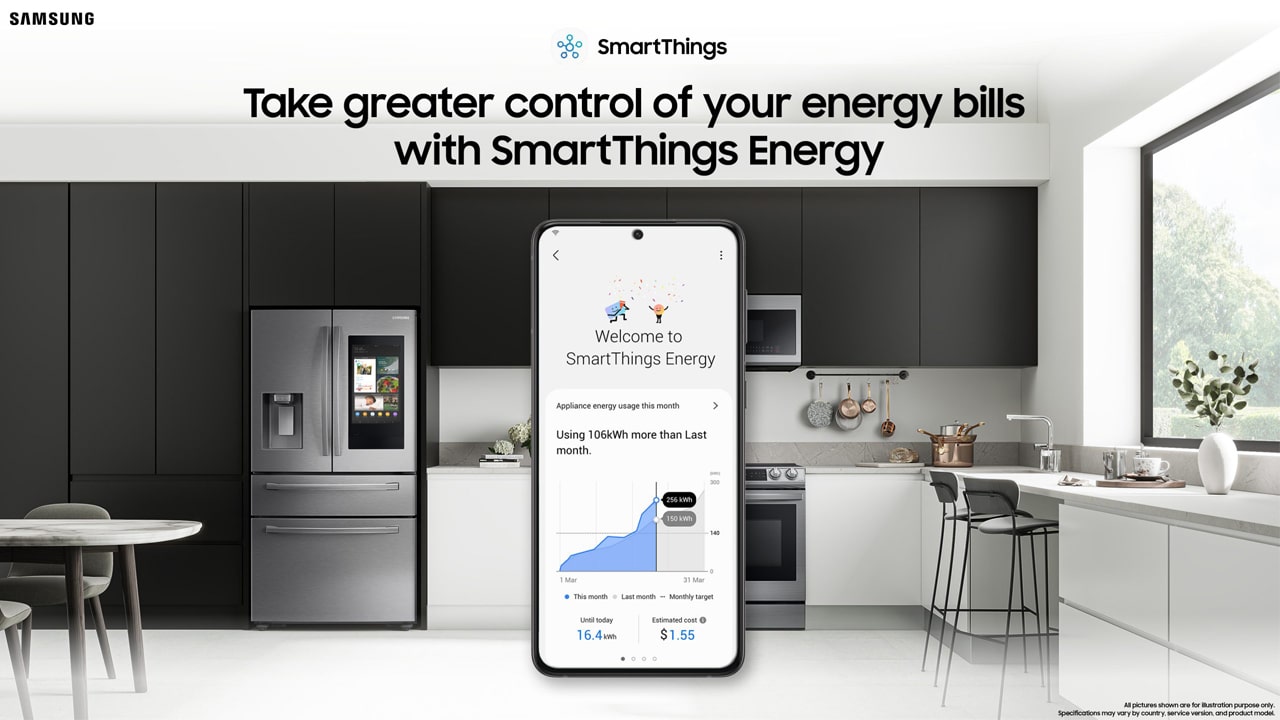
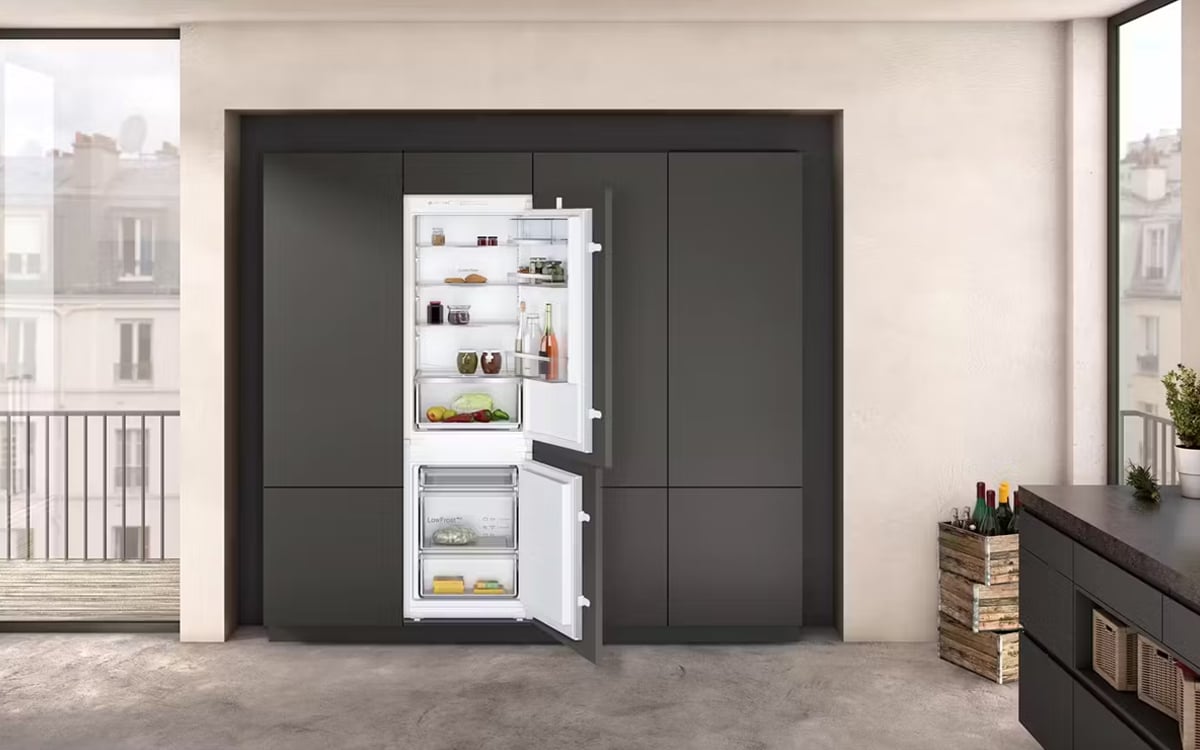
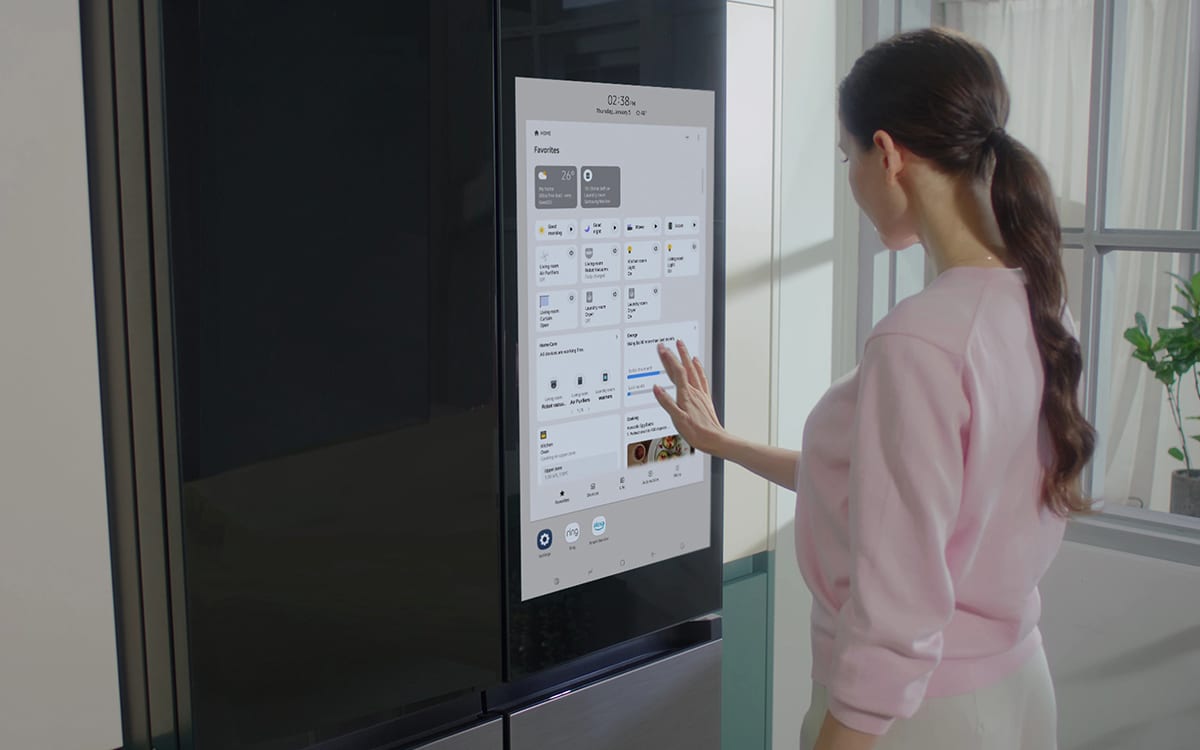
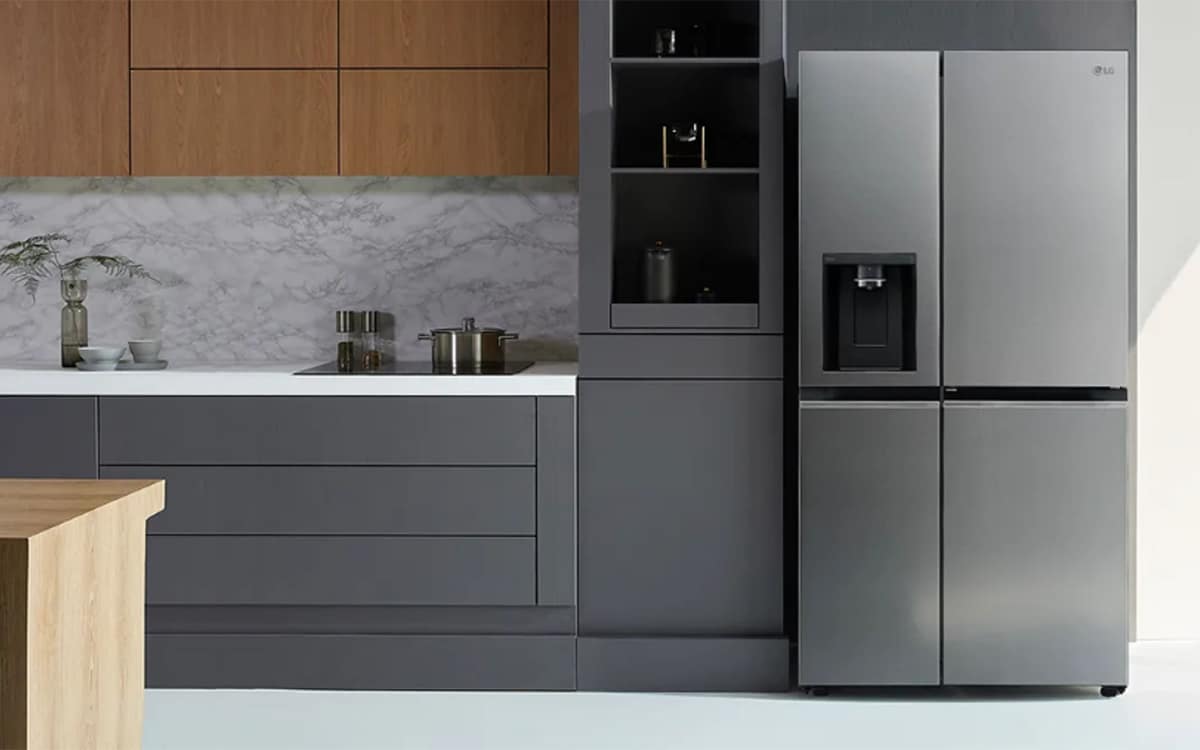
0 Comments